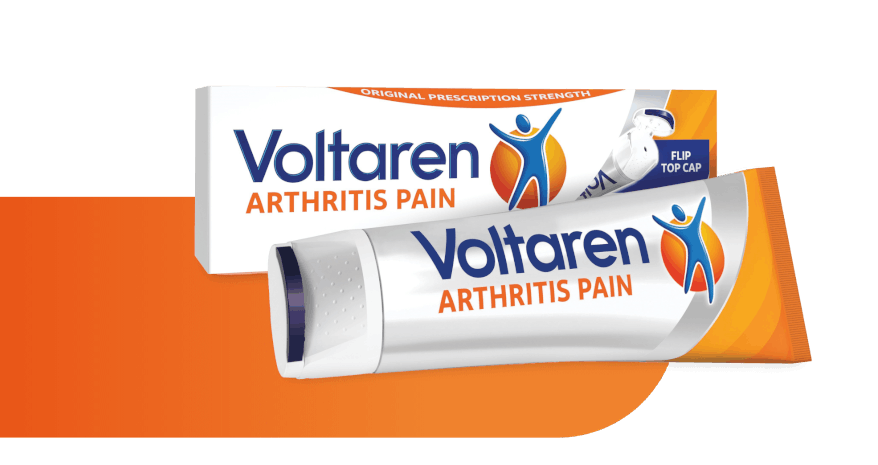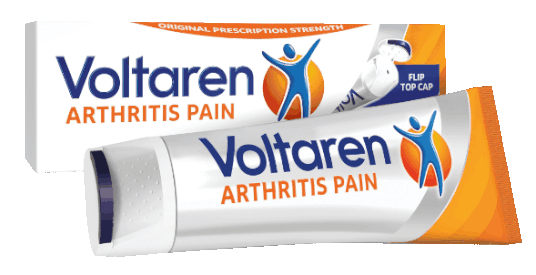Is Arthritis Worse in the Winter?
/is-arthritis-worse-in-winter.jpg?auto=format)
If your arthritic joints seem to feel worse when the weather turns, it may not be all in your head. The connection between weather and its effect on your arthritis pains is very real. While daily weather changes like rain or sunshine may not make much of a difference, science suggests that wind speed, cooler temperatures, and changes in barometric pressure do have a measurable impact.1,2 Learn why this is and how you can help manage your arthritis pains in the winter.
How does Cold Weather Affect Arthritis?
Navigating the winter months can be tricky enough if you live in a place that regularly experiences snow accumulation, temperature drops and icy streets. And if you experience any type of arthritis in your joints, the change in seasons may make your life a little more uncomfortable. One study indicated that temperature and humidity had a significant effect on the pain felt among patients with osteoarthritis.2 In fact, patients with osteoarthritis knee pain indicated an increase in pain with every 10-degree drop in temperature.2 In a separate study, patients with rheumatoid arthritis were 16% more likely to visit an emergency room with complaints of pain and flare-ups in times with lower average temperatures.2
One reason for this is that the cooler weather has a direct effect on the synovial fluid that lubricates the joints.1 Colder temperatures can thicken this fluid, so instead of allowing your joints to move freely, they may feel “stuck,” which can lead to pain and stiffness.1,2
Another way that winter weather may affect your arthritis is that your body is generally responsive to changes in barometric pressure.2 Your bones and connective tissues will expand and shrink in response to pressure changes, which can influence pressure on your joints.2
Cold weather rarely makes individuals feel inspired to get up and get moving, especially if they have some form of arthritis. Rather than getting up and going for a walk when the temperatures drop, arthritis patients may be less likely to be getting exercise; lack of activity is known to worsen joint stiffness and pain.2 Cold weather might not cause any form of arthritis, but it can exacerbate sensitivity to pain, slow blood circulation and even lead to muscle spasms.1
How to Manage Arthritis in the Winter
If the winter weather is working against you and your arthritis, there are some simple things that you can do to support your joints and stay safe and comfortable.
- Bundle up. If you’re headed outside, take care to dress for the weather, dress in layers (like long underwear!) and don’t forget your hat, scarf, gloves and cozy socks within waterproof boots.1,3 When you come in from the cold, warm up with a heating pad or electric blanket to keep you and your joints comfortable.3 Hand and foot warmers can be a big help, as can warm baths.1,3
- Keep moving. Exercise is key to maintaining your overall health but it’s also crucial to easing your arthritis symptoms. Regular exercise boosts your energy while increasing your strength and flexibility while releasing a flood of endorphins, which make you feel great!1 There are lots of targeted exercises you can do to manage pain in specific parts of your body. If you’ve been living a sedentary lifestyle, you may want to talk to your doctor before starting any new exercises.
- Remember to stretch. A good stretch before any kind of activity can warm up your muscles and joints, making you less likely to get injured.1 If you’ve been sitting inside for a long period of time, a few deep stretches or yoga poses can help you feel more comfortable.
- Take your vitamins. Vitamin D works alongside calcium to keep your bones strong.3 In the winter months when you’re not outside in the sunshine, you may need a supplement to ensure that you’re getting your daily recommended intake. Talk to your doctor before taking any supplements. Make sure that you’re eating a balanced diet to help boost your immune system and your overall health, too.1
- Watch your step. Icy roads and sidewalks are treacherous for everyone, but if you have arthritis, your sense of balance may be affected and your risk of falling and hurting yourself increases.1,3 Take care when walking outside and wear shoes or boots that have some grip to them. Make sure the walkways around where you live are properly shoveled so that you can walk safely.
Another way to manage your arthritis pain in the colder months is by using Voltaren Arthritis Pain Relief Gel to reduce stiffness and improve mobility. It penetrates deep to target arthritis pain at the source, so whether you’re planning to make snow angels or sit by the fire, you won’t be in pain.
Related Articles

How to Relieve Arthritis Pain
You can take control of symptoms in a few ways: by exercising daily, eating healthy, and using hot or cold packs. Taking these lifestyle tips into consideration can help make life a little easier.

The Effects of Aging on the Body
Just because your body is aging, it doesn't mean you can't feel young! Learn the effects of aging on the body and what exactly you can do about it.
See How Voltaren Can Help
Save Money on Your Next Purchase.
Feel The Joy Of Movement
No matter the day, the hour, or what you’re doing, embrace the joy of movement with the help of specialized products from Voltaren: powerful gel for arthritis pain † or drug-free, dietary supplements for healthy joints.*

For Arthritis Pain Relief

For Healthy Joints*
†Use as directed. Voltaren is approved for treatment of arthritis pain.
Dietary supplements from Voltaren are not intended to treat arthritis pain.
*These statements have not been evaluated by the Food and Drug Administration. These products are not intended to diagnose, treat, cure or prevent any disease.



